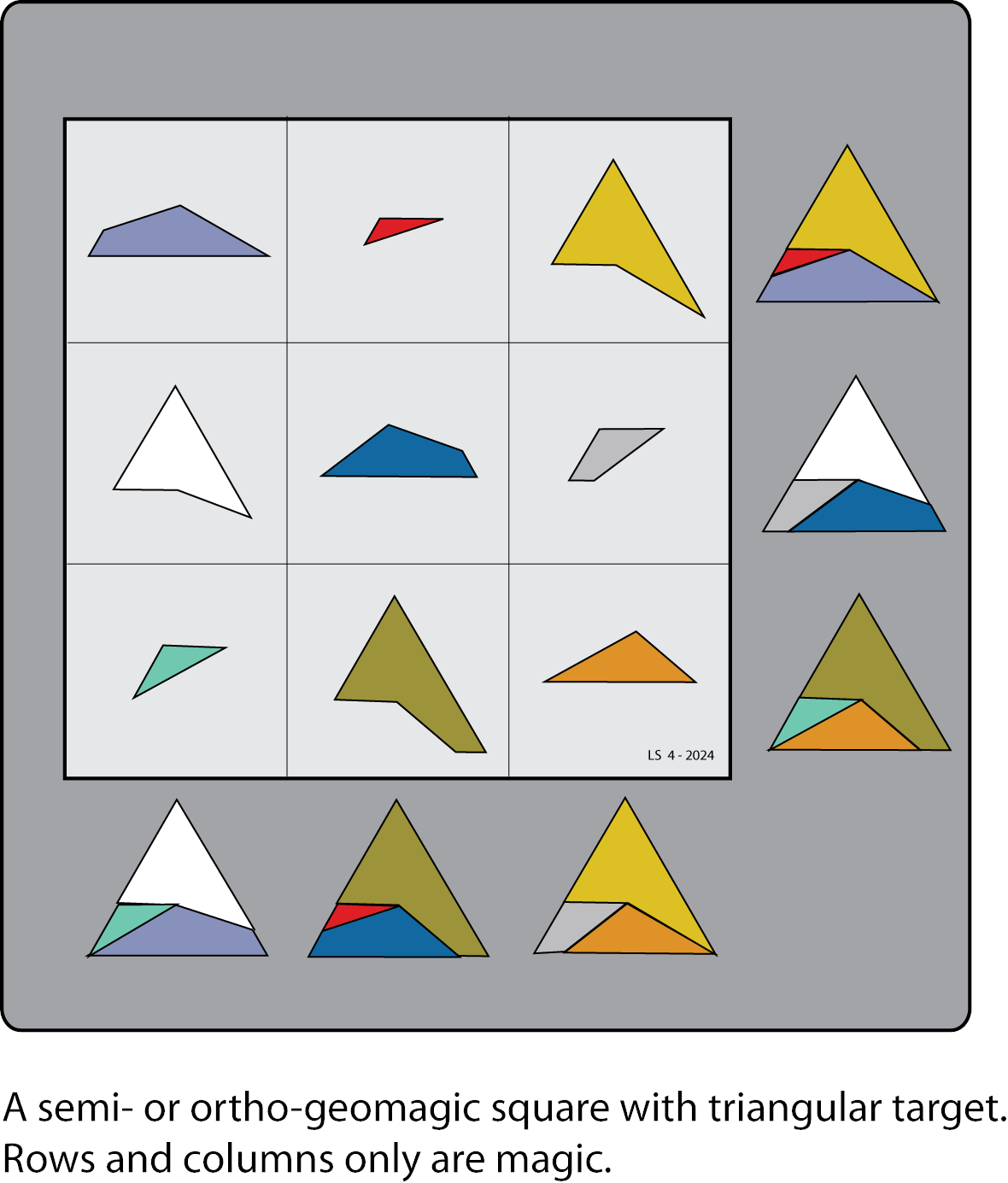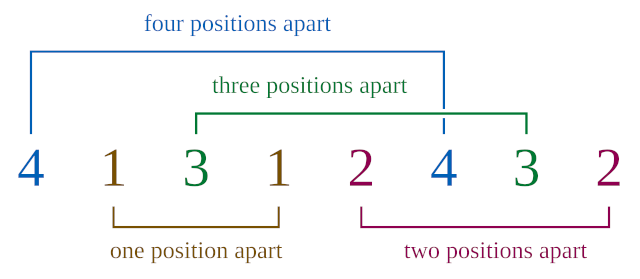
In the December 2024 issue of Recreational Mathematics Magazine, Illinois State University mathematician Sunil Chebolu demonstrates that the digits of π can be generated using the positions of stars.
The probability P(x, y) that two randomly chosen positive integers, x and y, are relatively prime is 6/π2. The stars in the night sky appear to be distributed randomly on the celestial sphere, and this suggests a novel experiment: Use the pairwise angular distances between stars to simulate a large random sample of numbers, then pick random pairs and determine the proportion of relatively prime pairs. Equating that with the theoretical probability above should generate an approximation of π.
In Nature in 1995, University of Aston mathematician Robert Matthews used the positions of 100 stars to compute π to within 0.5% of its correct value (3.12772). By expanding the sample to 1,000 stars, Chebolu got an average estimate of 3.141540567, an error of less than 0.002%.
“The above method can also be viewed as a statistical hypothesis test,” Chebolu notes. “Since the error in the estimate for π obtained using this method is pretty low, one may also argue that it supports the hypothesis that the bright stars are randomly distributed on the celestial sphere.”
(Sunil K. Chebolu, “Baking Star π,” Recreational Mathematics Magazine 11:19 [December 2024], 67-70.)







